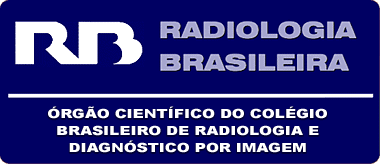OBJECTIVE: The present study was aimed at evaluating the accuracy of magnetic resonance cholangiography in the assessment of the biliary anatomy in living liver donors in correlation with surgical findings. MATERIALS AND METHODS: Fifty living liver donors were retrospectively evaluated at Hospital de Clínicas da Universidade Federal do Paraná, Curitiba, PR, Brazil. Cholangiographic images were analyzed and results were compared with intraoperative findings. Only anatomical alterations that affected the surgical strategy and had not been previously observed at magnetic resonance cholangiography were considered as being in disagreement. RESULTS: Anatomical variations were found in 7 donors at magnetic resonance cholangiography, and in 14 during surgery. Agreement between imaging and surgical findings was observed in 41 of the 50 patients, and disagreement in 9. Magnetic resonance cholangiography sensitivity, specificity, positive and negative predictive values, and accuracy were respectively 43%, 97%, 86%, 81% and 81.6%. CONCLUSION: Magnetic resonance imaging is a safe and noninvase method for preoperative evaluation of the biliary tract in living liver donors. However some anatomical abnormalities are not detected by magnetic resonance cholangiography.

 The role of magnetic resonance cholangiography in the evaluation of biliary anatomy in living liver donors
The role of magnetic resonance cholangiography in the evaluation of biliary anatomy in living liver donors



